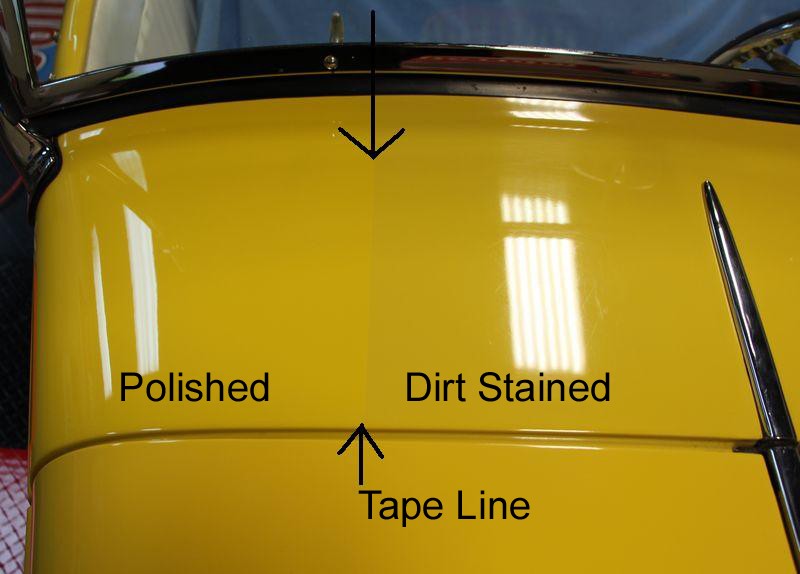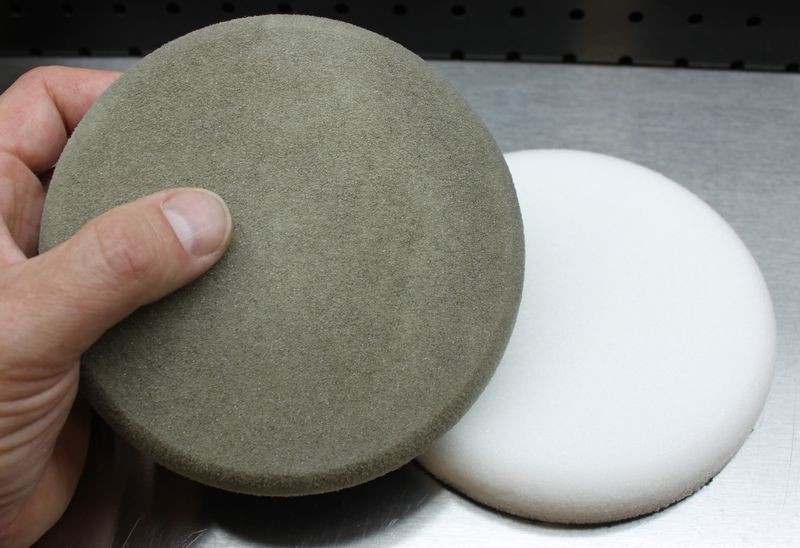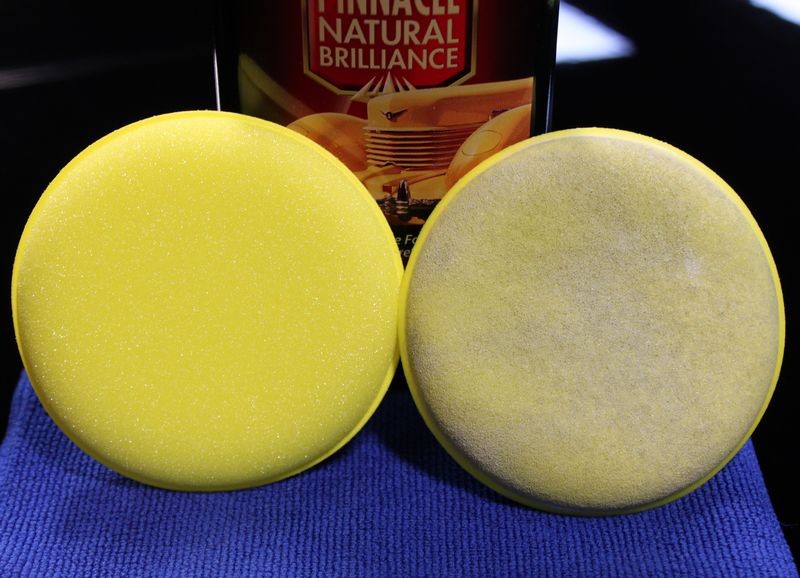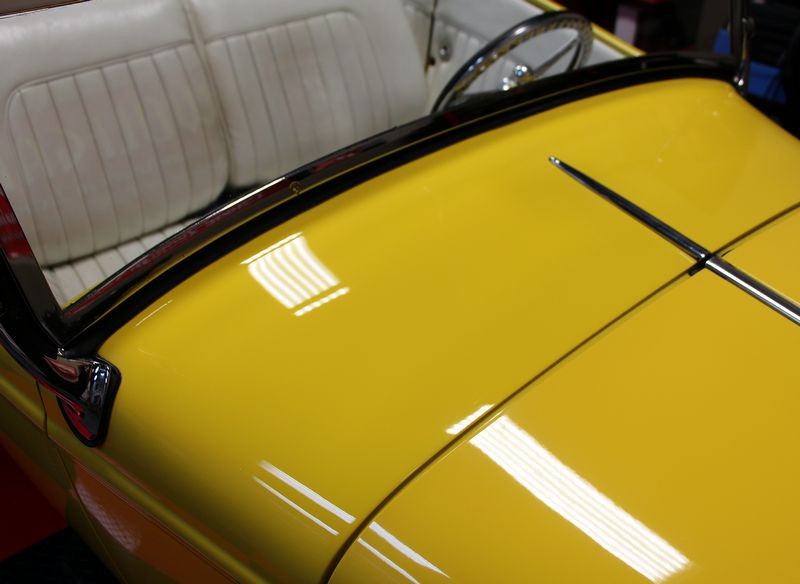Mike Phillips
Active member
- Dec 5, 2022
- 51,004
- 6
Road Film - If you drive your car in the rain your car has road film
Road Film
Road film is the oily film splattered all over your car when you drive in the rain.

Road Film also called Traffic Film tends to accumulate most visibly on the back of a vehicle and also the lower portions of a car but the truth is, if you drive your car in the rain, it's everywhere.
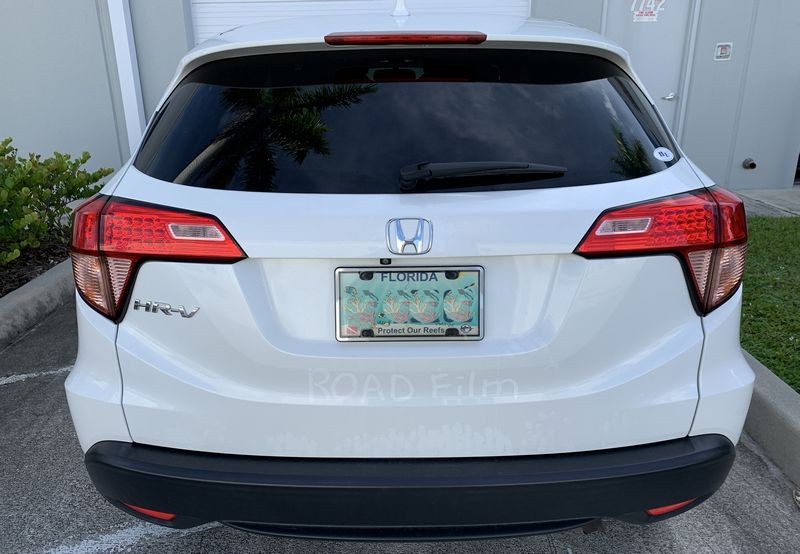
Over time, road film impacts ONTO the paint to the point where a normal car wash will not remove it. The best way to remove it is to use a mechanical means via one of these options,
Driving in the rain - For most of us it's unavoidable

Where does Road Film come from?
Oils and other fluids that drip out of cars, truck and suvs accumulate on roads and highways over time.
When it rains, these accumulated oils and other fluids mix with the rain and are then splattered all over your car in effect staining you're entire car from top to bottom. The highest concentration of road film accumulates on your wheels, tires and lower body panels.
Just look in the parking space of any parking lot...
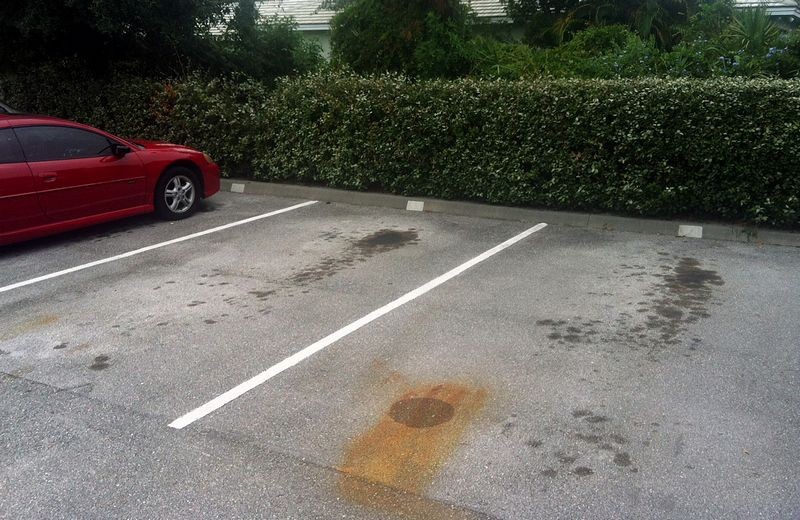

Motor Oil, Transmission Fluid, Gear Oil and other fluids
These outlined areas show where fluids have dripped off engines and transmission, even radiators and accumulated to the point that the pavement has been permanently stained.

It's also on roads and highways...
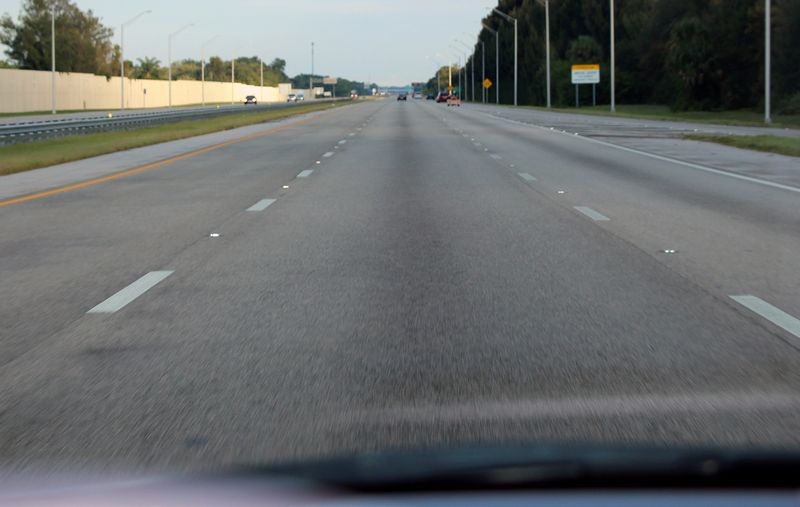
The oil stain line that runs down the middle of the road...
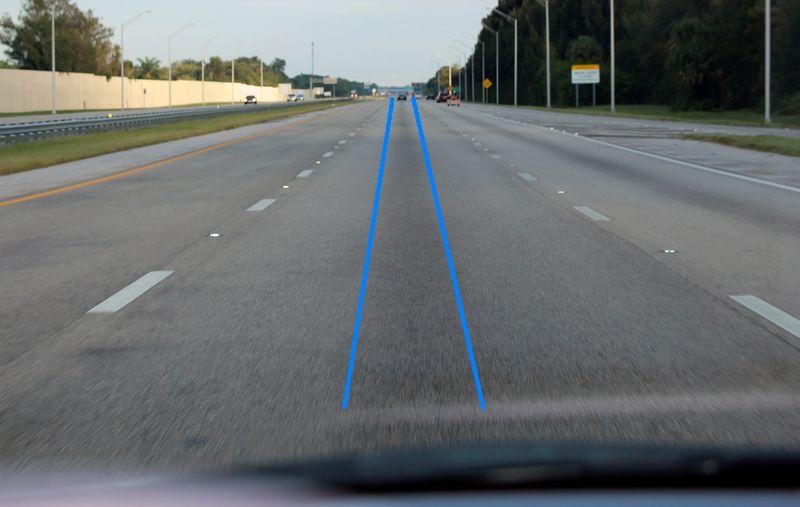
The dark line down the middle of the road
It's the darker, line down the middle of roads and freeways where most of the oily fluids accumulate as car, truck and suvs drive down the road.
Now that you've read this article and looked at the above pictures, you'll remember this every time you look down the road you're driving on.
Remember, oil and water don't mix
When it rains, the cars in front of you spray the rain water mixed in with these accumulated oils onto not only your car's paint but the wheels, tires, glass, plastic, cloth tops and vinyl tops.
If it's on the outside of the car then it's getting coated with oily road film.
Road Film builds up over time..
Oily road film builds up over time and because this film is oily or sticky it attracts dirt. This can be the dirt in the air or also in rain water that's splattered onto your car from the cars driving in front of you.
Can't always be seen...
Because the dirt staining effect caused by road film build up slowly over time it's not always easy to see, especially on black and dark colored cars, but don't be fooled, if you drive in the rain your car is getting coated in road film.
The solution to the problem?
Washing your car will remove any topical road film. The problem is the dirty, oil film will tend to migrate into any voids, pits, pores or interstices in your car's paint at least to the point that normal car washing won't remove it.
It's pretty easy to remove road film, all you have to do is periodically use one of the below approaches,
Use a quality cleaner/wax or AIO. The cleaning agents and/or abrasives in the cleaner/wax will remove any road film that washing could not remove.
Use a dedicated polish by hand or machine. Any high quality polish will effectively remove any built-up road film. Just be sure to apply a wax, sealant or coating afterwards to seal the paint.
UPDATED - July 8th, 2021
A few weeks ago I used my own car to use and then review a new car wash. It had been months since I had washed the car. During this time I have driven this car in a lot of rainy weather. Below the pictures CLEARLY show you ROAD FILM. And over time, this film IMPACTS ONTO the car so it doesn't all wash off. It takes some form of chemical decontamination and machine polishing to remove it 100%
As I wash the car you can visibly see a layer of road film being removed.
She's a dirty girl...
Look carefully at the dirt level on the paint...

See it?
See the vibrant white color where I've ran the mitt over the paint? Then look in front of this area and you can easily see just how dirty this car was. :wowwow:

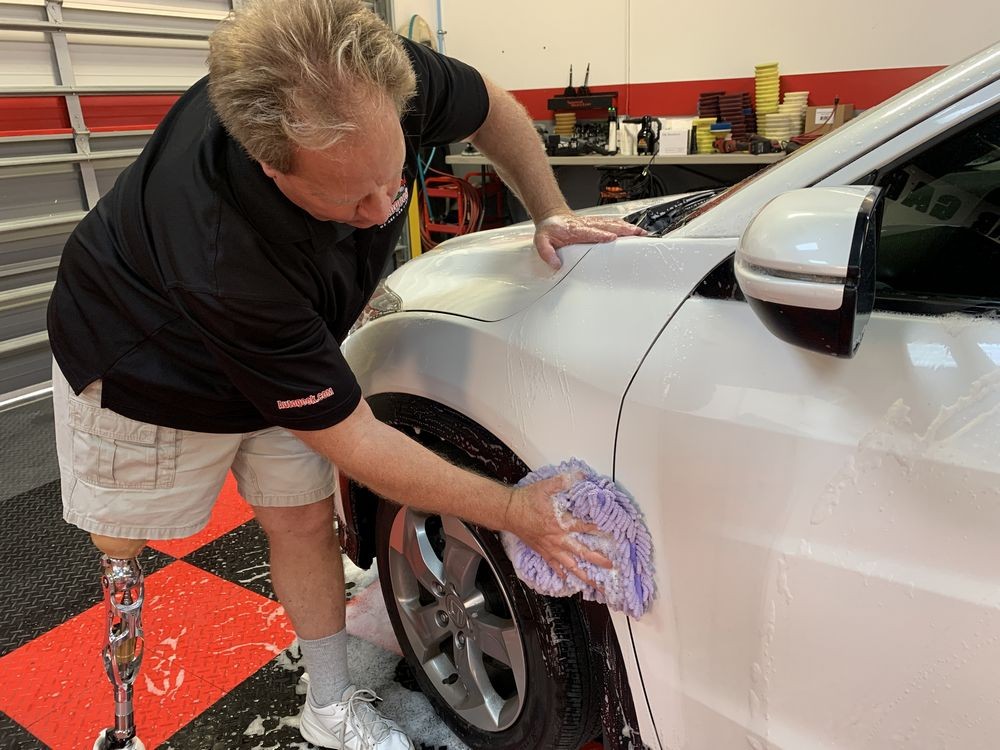

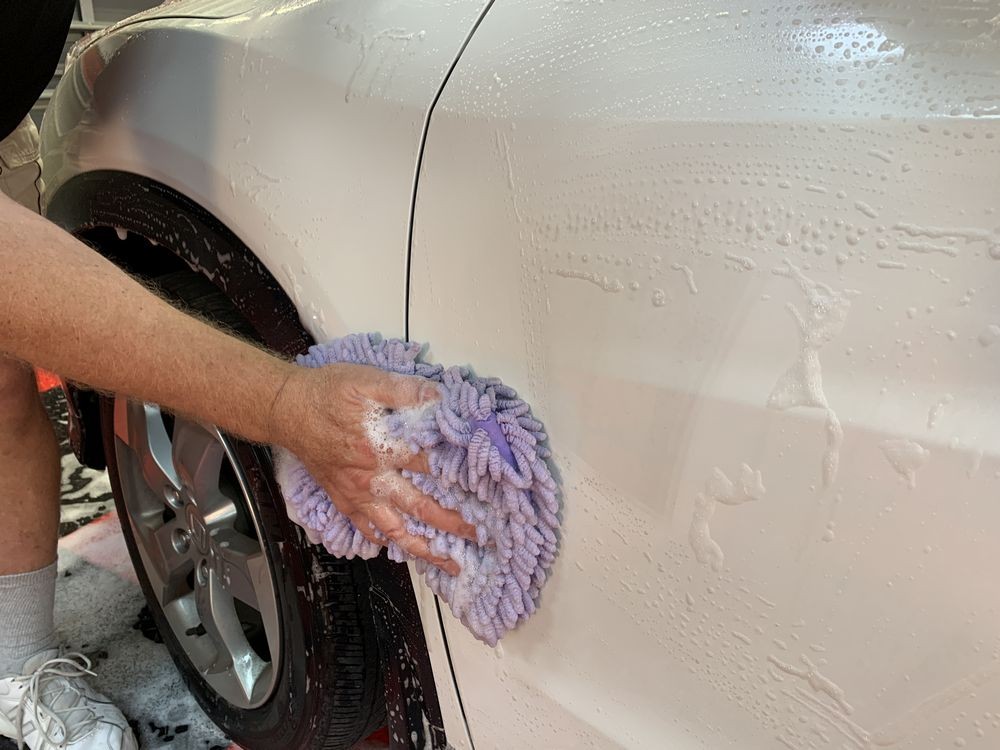
The above pictures taken from this product review.
Review: DP GR4 Graphene Wash
Road Film... if you drive your car in the rain it's on your car...

Road Film
Road film is the oily film splattered all over your car when you drive in the rain.
Road Film also called Traffic Film tends to accumulate most visibly on the back of a vehicle and also the lower portions of a car but the truth is, if you drive your car in the rain, it's everywhere.
Over time, road film impacts ONTO the paint to the point where a normal car wash will not remove it. The best way to remove it is to use a mechanical means via one of these options,
- Paint Cleaner
- AIO or All-in-One cleaner/wax type product
- Compound
- Polish
Driving in the rain - For most of us it's unavoidable

Where does Road Film come from?
Oils and other fluids that drip out of cars, truck and suvs accumulate on roads and highways over time.
When it rains, these accumulated oils and other fluids mix with the rain and are then splattered all over your car in effect staining you're entire car from top to bottom. The highest concentration of road film accumulates on your wheels, tires and lower body panels.
Just look in the parking space of any parking lot...


Motor Oil, Transmission Fluid, Gear Oil and other fluids
These outlined areas show where fluids have dripped off engines and transmission, even radiators and accumulated to the point that the pavement has been permanently stained.
It's also on roads and highways...

The oil stain line that runs down the middle of the road...
The dark line down the middle of the road
It's the darker, line down the middle of roads and freeways where most of the oily fluids accumulate as car, truck and suvs drive down the road.
Now that you've read this article and looked at the above pictures, you'll remember this every time you look down the road you're driving on.
Remember, oil and water don't mix
When it rains, the cars in front of you spray the rain water mixed in with these accumulated oils onto not only your car's paint but the wheels, tires, glass, plastic, cloth tops and vinyl tops.
If it's on the outside of the car then it's getting coated with oily road film.
Road Film builds up over time..
Oily road film builds up over time and because this film is oily or sticky it attracts dirt. This can be the dirt in the air or also in rain water that's splattered onto your car from the cars driving in front of you.
Can't always be seen...
Because the dirt staining effect caused by road film build up slowly over time it's not always easy to see, especially on black and dark colored cars, but don't be fooled, if you drive in the rain your car is getting coated in road film.
The solution to the problem?
Washing your car will remove any topical road film. The problem is the dirty, oil film will tend to migrate into any voids, pits, pores or interstices in your car's paint at least to the point that normal car washing won't remove it.
It's pretty easy to remove road film, all you have to do is periodically use one of the below approaches,
Use a quality cleaner/wax or AIO. The cleaning agents and/or abrasives in the cleaner/wax will remove any road film that washing could not remove.
Use a dedicated polish by hand or machine. Any high quality polish will effectively remove any built-up road film. Just be sure to apply a wax, sealant or coating afterwards to seal the paint.
UPDATED - July 8th, 2021
A few weeks ago I used my own car to use and then review a new car wash. It had been months since I had washed the car. During this time I have driven this car in a lot of rainy weather. Below the pictures CLEARLY show you ROAD FILM. And over time, this film IMPACTS ONTO the car so it doesn't all wash off. It takes some form of chemical decontamination and machine polishing to remove it 100%
As I wash the car you can visibly see a layer of road film being removed.
She's a dirty girl...
Look carefully at the dirt level on the paint...
See it?
See the vibrant white color where I've ran the mitt over the paint? Then look in front of this area and you can easily see just how dirty this car was. :wowwow:
The above pictures taken from this product review.
Review: DP GR4 Graphene Wash
Road Film... if you drive your car in the rain it's on your car...
